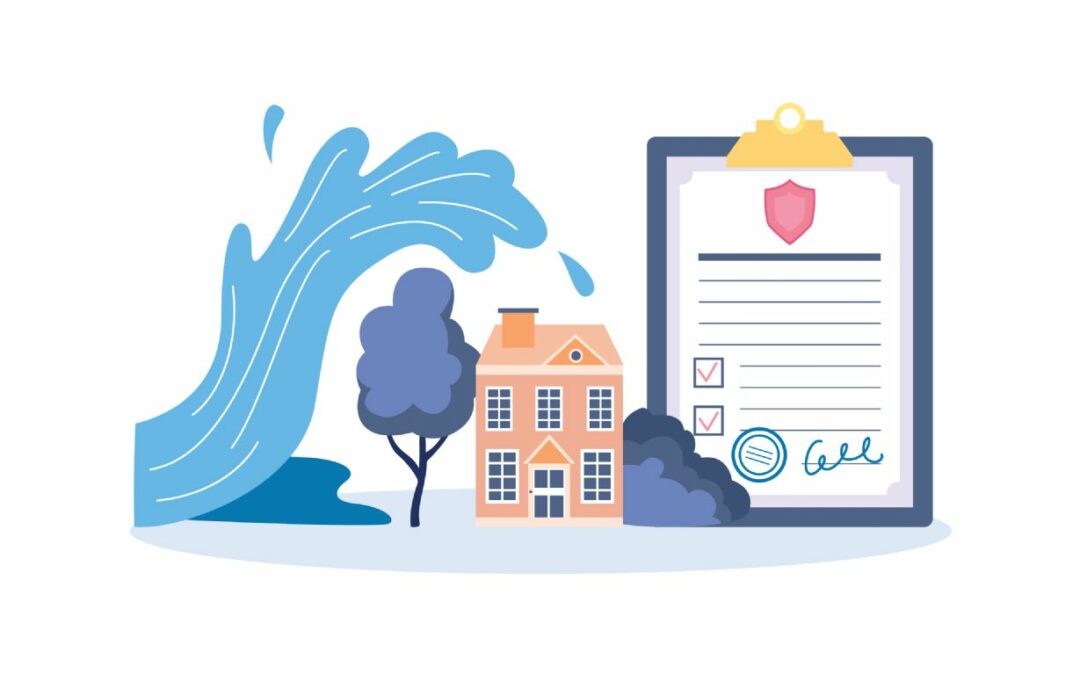The flood insurance market has grown substantially over the past few years, with more private carriers emerging and offering competitive premiums and additional coverage options. You might be wondering why there is a price difference among these companies and the coverage through the National Flood Insurance Program (NFIP). Well, the answer has to do with how the policies are being rated.
There are several factors that may have an impact on your flood insurance premium, including:
- Flood Zone
- Home Elevation
- Location of Property
- Occupancy of Property
- Amount of Coverage
- Age and Construction of Property
However, both the NFIP and private carriers weigh these factors differently, with some having more prevalence over others in determining how much you pay for coverage.
National Flood Insurance Program
As the largest provider of flood insurance in the United States, the government funded NFIP relies heavily on flood mapping to determine a property’s flood zone. FEMA flood zone categories are used as the primary determination of a home’s flood risk and this weighs heavily on the policy rating.
Flood Zones
There are four main categories of flood zones defined by FEMA: moderate-to-low-risk areas, high-risk areas, high-risk coastal areas, and areas that are unmapped and not participating in the NFIP.
For properties in the moderate-to-low risk flood zones, rates are often the lowest and are the same for everyone in these flood zones, but vary based on the amount of coverage and deductible chosen. If your property is located in a high-risk flood zone there are more factors involved in rating the policy, including the elevation of your home.
Elevation Certificates
If your home is in a FEMA designated high-risk flood zone or high-risk coastal flood zone, you will need an elevation certificate in order to get a policy through the NFIP. An elevation certificate includes important information that is needed to determine the premium for your property, including the building characteristics, elevation, and FEMA community mapping information.
Perhaps the most important information on an elevation certificate is the elevation of your property in comparison to the base flood elevation of your land. Base flood elevation (BFE) is the elevation above sea level of the expected height of flood water during an annual flooding event. The higher above the BFE, the lower your flood risk and the lower your flood insurance premium will be.
Policy Fees
The NFIP applies a $25 surcharge for all primary occupancy homes and contents-only policies. For all other property types, including secondary/vacation homes, there is a mandatory $250 fee applied.
Private Flood Insurance
One of the most common criticisms towards the NFIP is that their rates are not always equitable to the true flood risk of a property, typically due to outdated and incomplete flood maps. Private insurers have utilized the use of light detection and ranging (LiDar) to more accurately determine elevation values. Through advances in technology, such as LiDar, private flood insurance carriers have developed their own flood risk models to determine more accurate risk-based premiums.
Private VS. NFIP
Unlike the NFIP rates, in which the FEMA designated flood zone is heavily weighed, private flood carriers focus on each individual property’s characteristics to determine their true flood risk. For this reason you often can find a lower premium through a private flood insurance carrier for your property, even if it’s located in a FEMA high-risk flood zone.
Which One is Best?
When it comes to choosing the best flood protection for your property, talk to our team at National Flood Insurance. Our agents will help you create a flood insurance package that best meets your coverage needs, budget, and property’s characteristics.


